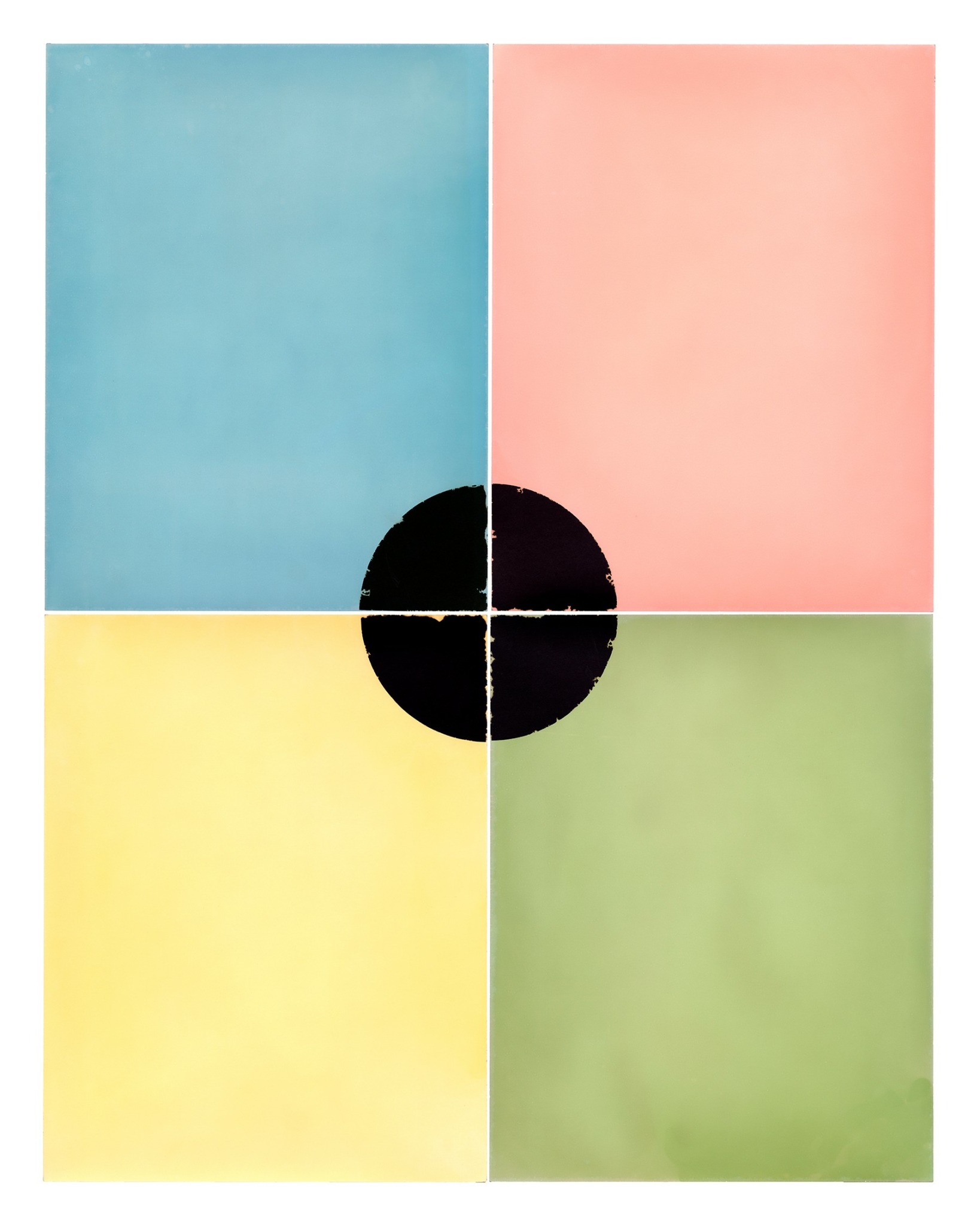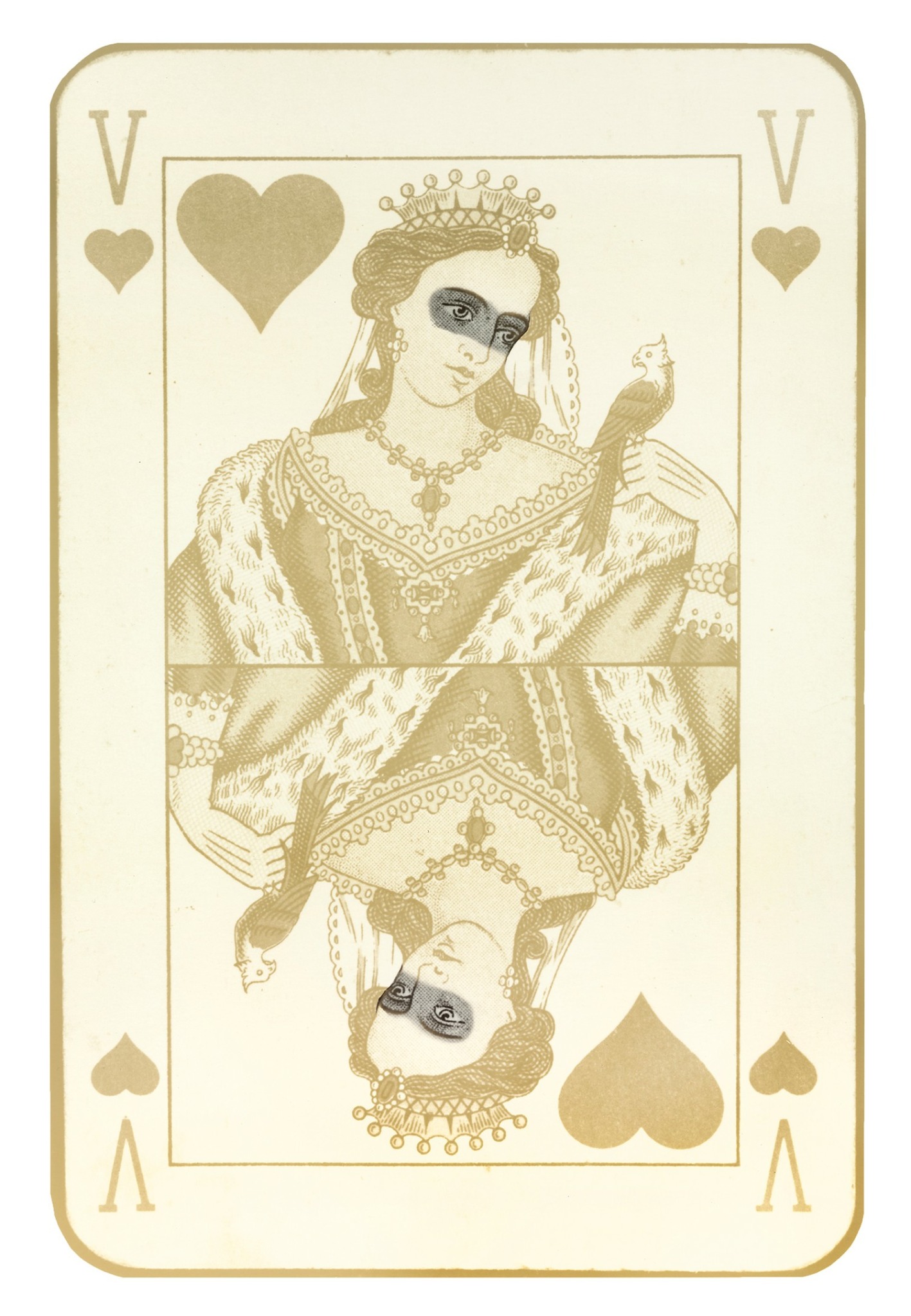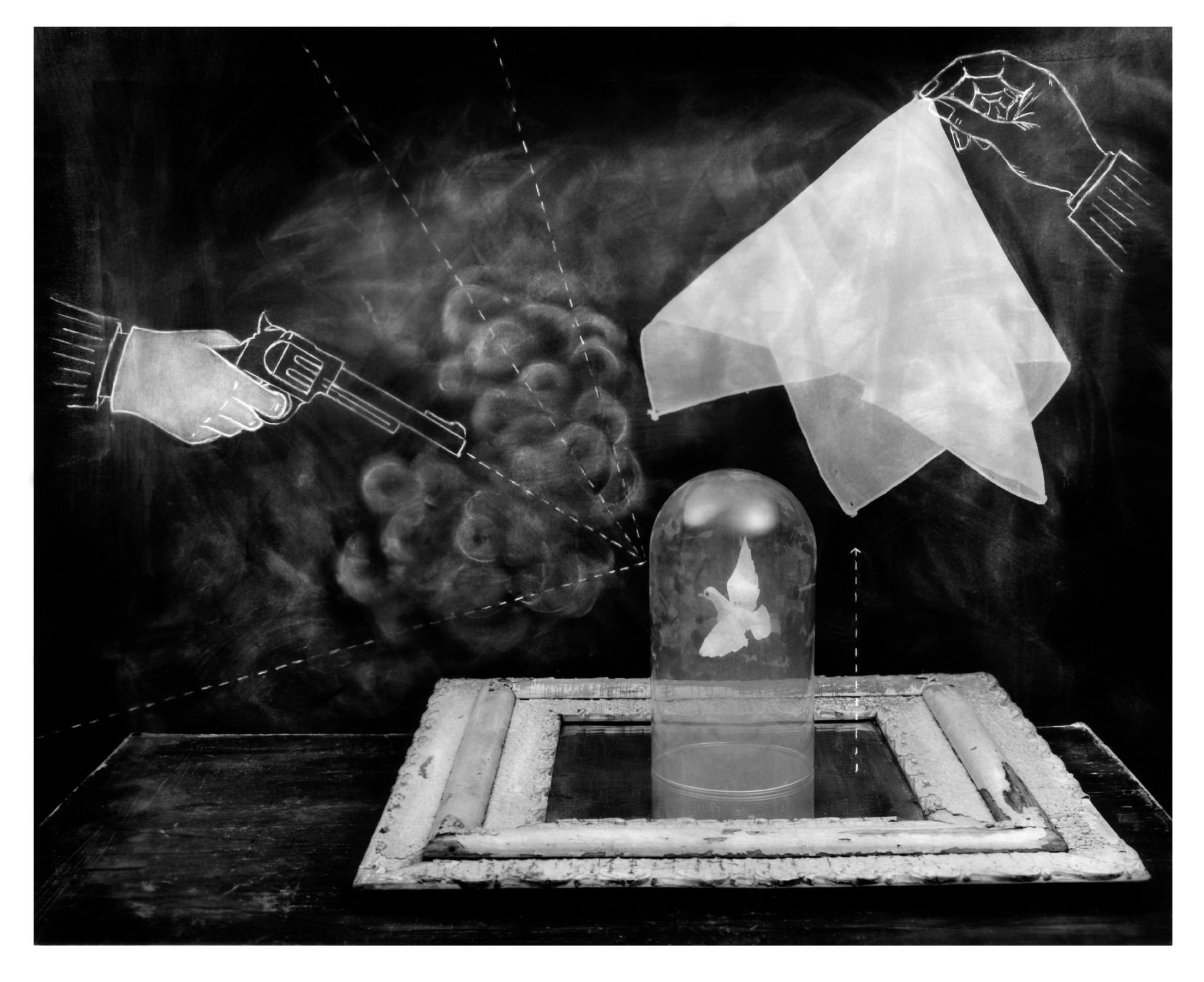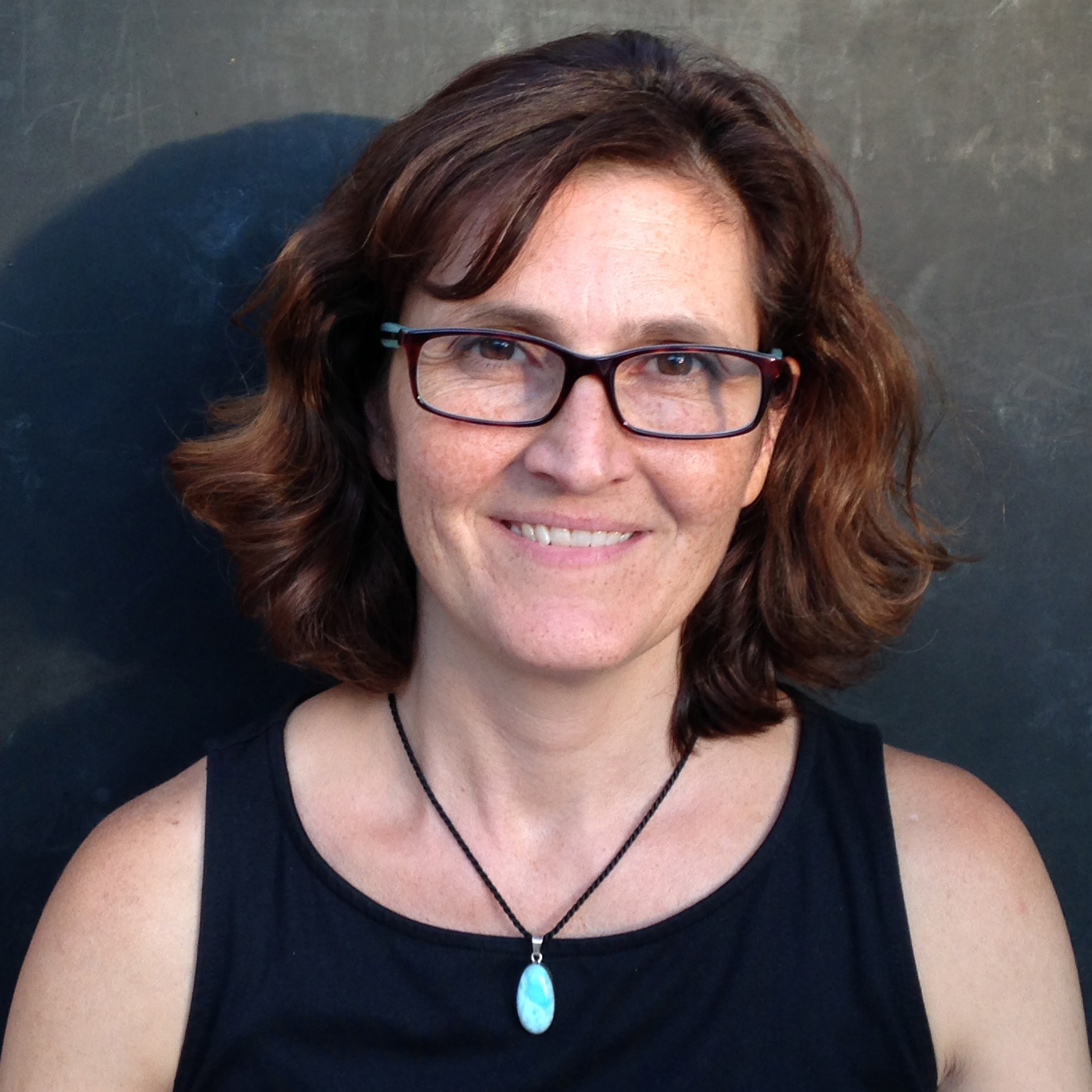We’re excited to introduce you to the always interesting and insightful Carol Golemboski. We hope you’ll enjoy our conversation with Carol below.
Carol, looking forward to hearing all of your stories today. Did you always know you wanted to pursue a creative or artistic career? When did you first know?
When I was a child, I always thought I’d be a writer. I loved reading and inventing stories. I didn’t take a photography course until I was a sophomore in college. Eventually, photography replaced writing for me as a creative outlet. It provided me with a visual basis in reality that I could manipulate to create fictional scenes. When I graduated from college, I didn’t have a specific career path in mind within the broader context of the field. Now I teach at the university level, which allows me the freedom to pursue the kind of creative photography I prefer. As a bonus, it turns out I love teaching. My students inspire me all the time.


Awesome – so before we get into the rest of our questions, can you briefly introduce yourself to our readers.
I’m an analog photographer at heart. I learned photography by shooting black and white film and printing in a darkroom. When photography evolved into a digital medium, I wasn’t very interested. I remained committed to the physicality of film and the environment of the darkroom as a creative laboratory. My practice currently involves experimental techniques that often combine photography and drawing. I like pushing the boundaries of light sensitive materials–thinking about the traditional uses of film and darkroom paper and considering how I can expand on their inherent properties. My work often tends to cover broad topics about illusion within photographic manipulation.


We often hear about learning lessons – but just as important is unlearning lessons. Have you ever had to unlearn a lesson?
Like many artists, I’m a perfectionist. As a creative, that tendency to get things “just right” is a double-edged sword. On the one hand, perfectionism can drive an artist to make their best possible work. On the other hand, it can stunt the creative process and make the artist less likely to take risks that may lead to important new discoveries. I have to regularly remind myself to allow time to “play” when I am in my studio and darkroom. “Failure” is part of the learning process and sometimes a necessary ingredient for moving forward. As a perfectionist, that’s a hard thing to swallow. It’s a matter of keeping an open mind and constantly re-evaluating expectations about the final product.


Can you share a story from your journey that illustrates your resilience?
In order to survive in a creative field, artists must develop thick skins. When I first started my career, I pounded the pavement and applied for any opportunity that came my way. I received a lot of rejection letters. Fortunately, I experienced just enough positive reinforcement to propel me forward. I realized after a time, that persistence paid off. Being an artist required committing hours in the studio, but it also demanded a considerable effort to get work out there and make connections within the community. Eventually, I was able to shrug off rejection much more easily as I gained confidence in my work.
Contact Info:
- Website: https://www.carolgolemboski.com
- Instagram: @cgolemboski
- Facebook: Carol Golemboski


Image Credits
All images copyright Carol Golemboski


